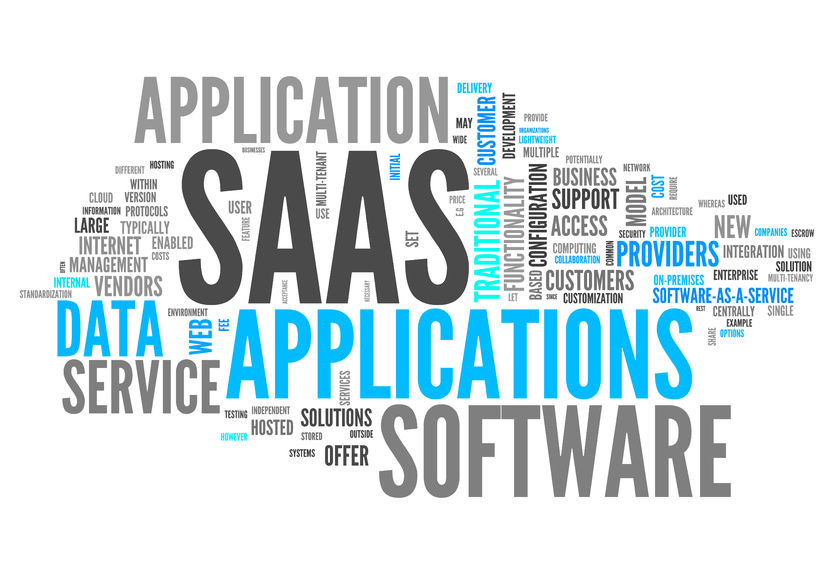Embraced as a popular software delivery method by a growing number of businesses, SaaS (Software as a Service) has reshaped the entire software industry.
A service delivery model easily adoptable by practically any type of business application, SaaS is typically accessed through a web browser by users who subscribe to a service, and is often based on a centrally-hosted software.
Over the past few decades, several global software enterprise giants such as IBM, Microsoft, Oracle and others, following in the footsteps of companies as Salesforce and Workday who are already dominating this market, have shifted their strategies, incorporating SaaS-based cloud products and services in their offerings. This trend has resulted in the emergence of SaaS into an eco-system with a market value expected to reach $33 Billion by the end of 2016, and double within the next decade.
When examining the key drivers that have prompted this significant shift to SaaS-based cloud services, there are several different factors which should be considered..
SaaS-based services spread like wildfire
Embraced as a popular software delivery method by a growing number of businesses, SaaS (Software as a Service) has reshaped the entire software industry.
A service delivery model easily adoptable by practically any type of business application, SaaS is typically accessed through a web browser by users who subscribe to a service, and is often based on a centrally-hosted software.
Over the past few decades, several global software enterprise giants such as IBM, Microsoft, Oracle and others, following in the footsteps of companies as Salesforce and Workday who are already dominating this market, have shifted their strategies, incorporating SaaS-based cloud products and services in their offerings. This trend has resulted in the emergence of SaaS into an eco-system with a market value expected to reach $33 Billion by the end of 2016, and double within the next decade.
When examining the key drivers that have prompted this significant shift to SaaS-based cloud services, there are several different factors which should be considered..
Cloud computing - a key technological catalyst
Cloud computing was preached by only a handful of companies back in the late 2000's. Since then we have witnessed a dramatic increase in bandwidth, in virtualization, in cloud-computing resources, and in software development tools. All these improvements have provided an infrastructure which enabled the shift to the cloud - the key technological enabler of SaaS.
Nevertheless, technology alone did not drive this significant market change. To achieve that, an economic incentive was required as the prime catalyst.
Low-cost and agile
There are several business incentives to adopt SaaS – first and foremost –using a SaaS application requires low entry-bar costs; a minimal fee payable by credit card, and your business is up and running.
Secondly, unlike lengthy administrative procedures involved when purchasing any PC software program on the internet, SaaS requires no intricate training, licensing, installation, or IT support. This is a big selling point for SaaS-based companies, who are able to cut their IT support costs by outsourcing hardware and software maintenance.
In addition, SaaS users enjoy the flexibility to subscribe to a predefined duration of their choice, for example for one month or for one year, paying monthly, with an option to discontinue payment at any time to terminate service. Moreover, SaaS users gain easy access to new features and upgrades, as opposed to users purchasing a PC software program, who are limited to the purchased version, while free upgrades are rarely provided.
Limitless scalability and short time to market
There are two additional benefits of SaaS: scalability and time to market. SaaS architecture is designed to process vast quantities of big-data, and accommodate millions of users - a huge advantage during periods of peak demand, when the entire infrastructure can be utilized to handle the traffic load. Furthermore, SaaS increases turnaround time dramatically, providing high responsiveness and agility - from development to support – enabling businesses to react to the market instantly.

























